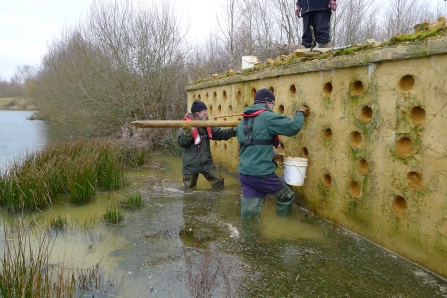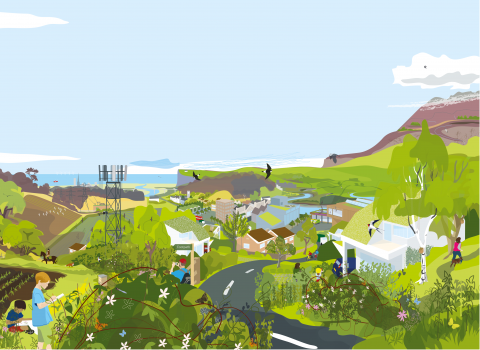Hedgerows, trees, cliff sides are not just pretty punctuations in a hard human landscape – they’re homes and places for our wildlife to raise young.
The importance of these habitats is brought into focus when looking at the sand martin. In the spring, these birds travel thousands of miles to the UK to nest in sociable colonies, in steep, sandy cliffs.
They also use artificial nesting banks like those at our Testwood Lakes and Blashford Lakes nature reserves, which are increasingly important locally with the cessation of active sand extraction sites in Hampshire.



